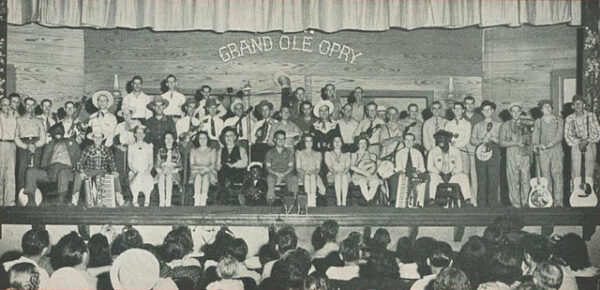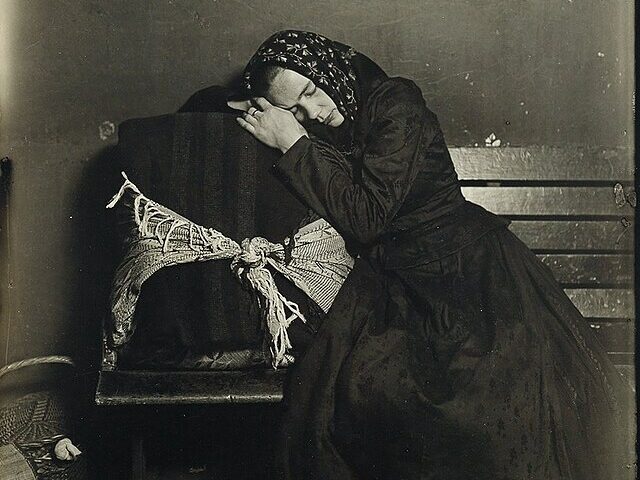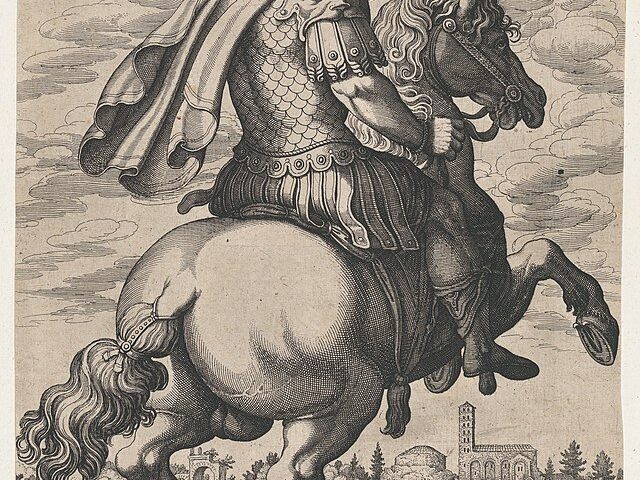On November 28, 1925, a humble radio program launched in Nashville, Tennessee, that would become one of America’s most cherished cultural institutions: The Grand Ole Opry. Originally called the WSM Barn Dance, it began on WSM-AM, a station owned by the National Life and Accident Insurance Company. What started as a modest showcase of country music quickly grew into a national phenomenon, helping to shape the genre’s sound and spirit.
The idea for the WSM Barn Dance came from George D. Hay, a journalist and radio personality known as “The Solemn Old Judge.” Hay’s passion for traditional American music led him to create a platform that celebrated its rich heritage. The program’s first broadcast featured fiddler Uncle Jimmy Thompson, who performed live from the fifth floor of the National Life Building. His vibrant tunes captured the spirit of Americana, setting the stage for what would become a hallmark of authentic country music.
In December 1927, Hay rebranded the program as the “Grand Ole Opry.” The name originated during a live broadcast when Hay contrasted the folk and country music of the Barn Dance with the classical music program that had preceded it. “For the past hour, we have been listening to music taken largely from the Grand Opera,” he remarked. “From now on, we will present the Grand Ole Opry.” The name resonated with audiences, and the program steadily gained a loyal following. Its appeal lay in its authenticity, showcasing a mix of solo performers, string bands, gospel groups, and comedy acts. This accessibility made it a staple in households across the nation.
The Opry’s reach expanded significantly as radio technology improved. WSM’s clear-channel signal allowed listeners from Canada to Mexico to tune in by the 1930s. This growth coincided with the rise of the recording industry, giving a platform to country music pioneers like Roy Acuff, Minnie Pearl, and the Carter Family. The show’s emphasis on live performances set it apart. Unlike many radio programs of the era, the Opry eschewed pre-recorded tracks in favor of real-time performances, which captured the energy and spontaneity of its artists. This commitment to live music became a defining feature of the Opry’s identity.
As its popularity grew, the Opry moved to larger venues. Starting in WSM’s studio, it relocated to the Hillsboro Theatre in 1934, then to the Dixie Tabernacle. In 1943, the show found its most iconic home at the Ryman Auditorium. Known as the “Mother Church of Country Music,” the Ryman became synonymous with the Opry’s golden age, offering impeccable acoustics and a historic atmosphere. The Opry remained at the Ryman until 1974, when it moved to the Grand Ole Opry House, a venue designed specifically for its needs. Despite the move, the Ryman continues to host occasional Opry performances and remains a beloved landmark in Nashville.
The Grand Ole Opry’s legacy goes far beyond its early radio broadcasts. It has introduced the world to countless country legends, including Johnny Cash, Dolly Parton, and Garth Brooks. Over the decades, it has become a symbol of Nashville’s status as “Music City” and a hub for country music enthusiasts from around the globe.
What began as a simple radio broadcast in 1925 has evolved into a timeless institution that honors its roots while embracing the future of country music. Nearly a century later, the Grand Ole Opry remains a powerful reminder of music’s ability to unite, inspire, and endure.






